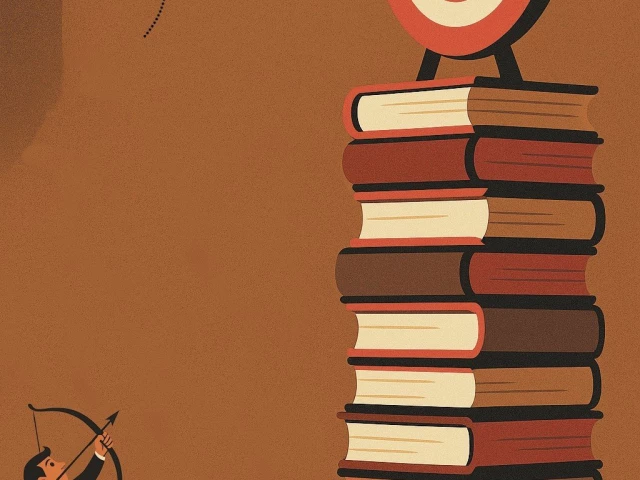Islamabad:
Pakistan narrowly missed the International Monetary Fund’s (IMF) goal of using at least RS2.86 trillion to improve poor health and education standards, da Sindh, Khyber-Pakhtunkhwa (KP), and Punjab fell under their obligations.
Educational expenses seemed to be a low priority, despite one in four children being out of school, and half of students in class-five students who were unable to read stories about class-two Urdu.
Against the target of RS2,863 trillion, the federal and four provincial governments used RS2.84 trillion in the last financial year, which was missing with RS27 billion, according to government sources.
Compared to the goals of the memorandum of understanding (Mous) signed by all five governments, the expenditure was RS240 billion lower than obligations. Sindh, Khyber-Pakhtunkhwa and Punjab missed their goals with wide margins while the federal and Balochistan governments exceeded theirs. Bad administrative structures and low absorption capacity were cited as important reasons for the deficit.
The IMF set quarterly and annual ceilings to ensure that health and education expenses were not sacrificed to fulfill other matters, such as cash surplus and budget balances. In May, the Pakistani authorities IMF assured that they would work to improve the province’s capacity in these sectors.
The IMF staff report stated that Pakistan’s health and education expenses have fallen since 2018. All governments aimed to have a modest increase in expenses for 2.4% of GDP, but the execution fell briefly, especially in Sindh and Khyber-Pakhtunkhwa due to absorption issues.
The IMF’s annual targets were missed despite higher expenses in the last quarter. Against a quarterly target of RS713 billion, the five governments spent RS937 billion in April-June, which was almost a third more than planned. However, this late wave failed to equalize deficits from the first three quarters.
Authorities had recognized the fall in the non-Benazir Income Support Program (BISP) Health and Education Expenses in recent years and committed to gradually increasing it as a proportion of GDP over the three-year IMF program.
Compared to internal budget targets, the federal government spent RS261 billion on health and education against a target of RS248 billion. Punjab fell RS35 billion short, consumed RS1.15 trillion in total. Provincial Minister of Information Azma Bukhari said Punjab’s health budget was RS524.8 billion, with RS505 billion actually used – 96% of the target. Educational expenses were targeted at RS664 billion, but accounted for RS649 billion, or 98% of the target.
Sindh, under the Government of Chief Minister Syed Murad Ali Shah, RS153 billion fell. Provincial governments often favor large infrastructure projects with more visibility for voters over softer social spending goals.
Khyber-Pakhtunkhwa spent RS545 billion on health and education compared to the RS600 billion target missing with RS55 billion. However, Balochistan exceeded his target with RS25 billion and used the RS206 billion.
A recent Report on the World Bank for the program “Actions to Strengthen Performance For Inclusive and Rights Education” said that Pakistan is still struggling with fair access to education with significant differences across levels and gender.
The gross intake ratio in class 1 is 91%with differences between men and women. Transitional rates from primary to middle school are 83%and from between to high school, 92%, according to the World Bank. However, the gross registration rate drops sharply from 78% at the primary level to 22% in higher education, which highlights storage problems.
Children outside the school remain a major problem with 26.1 million or 38% of the school’s age population who do not attend school in 2022-23. Gender differences worsen at higher education levels, and rural areas are most severely affected, which accounts for 74% of children outside the school. For girls, lack of access is a critical barrier.
Despite progress in registration, service resides results low, with national assessments showing a decrease in basic reading and numerous skills (FLN). By 2023, only 50% of students in class five could read a class-to-story in Urdu or Sindhi, down from 55% by 2021. English literacy also slipped, with only 54% of students in class-five able to read simple phrases compared to 56% in 2021. Numer skills also aggravated.
The World Bank’s publications on loans to the healthcare sector show a similar troubled picture. Although Pakistan has seen improvements in health results in the last decade, it is unlikely to meet most 2030-health-related goals for sustainable development (SDG) at the current pace.
Expected life expectancy has improved but remains among the lowest in South Asia. Progress in reproductive, maternal and children’s health is also inadequate, and Pakistan is still one of only two countries where polio is endemic.



